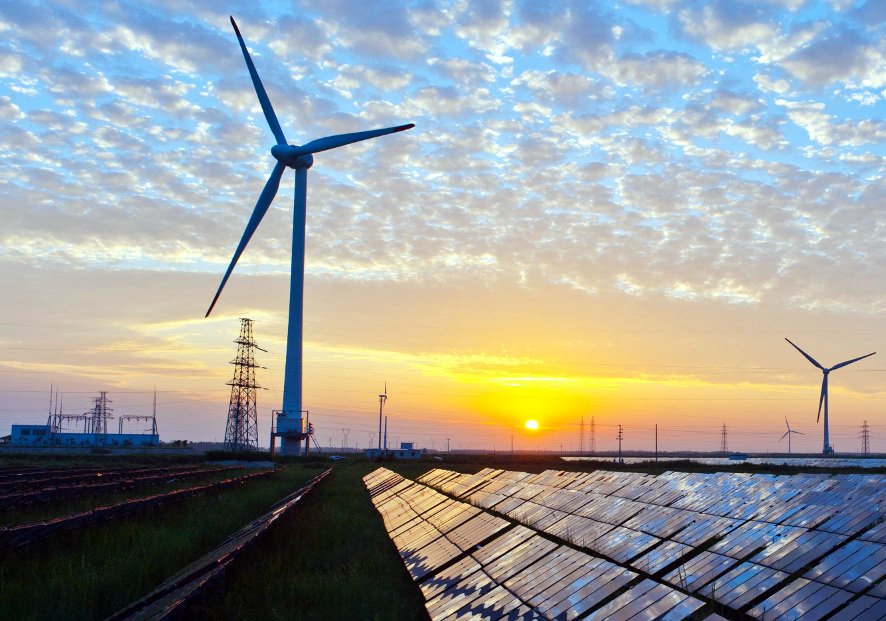Distributed Electricity-Based Heating Systems and Renewable Energy Scenario Planning
Distributed Electricity-Based Heating Systems and Renewable Energy Scenario Planning
- April 2019
- Journal Brief
- Shengxi Yuan, Wendell Stainsby, Mo Li, Kewei Xu, Michael Waite, Dan Zimmerle, Richard Feiock, Anu Ramaswami, Vijay Modi
As residential heating converts from natural gas-based to electricity-based systems, can enough renewable energy be generated locally to meet most, if not all, of increased electricity demand? This study uses real consumption data to model the optimal renewable generation mix to meet increased demand due to the electrification of residential heating systems. The scenarios modeled include battery and thermal energy storage options, an option that assumes no storage, and an option that overbuilds renewable supply by 150% of demand. The scenarios consider three representative residential block types per model and are run for four US cities—Fort Collins (CO), Minneapolis (MN), New York (NY), and Tallahassee (FL)—which are located in three different climate zones.
Download the two-page journal brief using the link at the bottom of this page.
This brief is adapted from the following peer-reviewed journal article: Yuan, S., Stainsby, W., Li, M., Xu, K., Waite, M., Zimmerle, D., Feiock, R., Ramaswami, A., & V. Modi. (2019). Future energy scenarios with distributed technology options for residential city blocks in three climate regions of the United States. Applied Energy, 237(2019), 60-69. Access the full article here.





